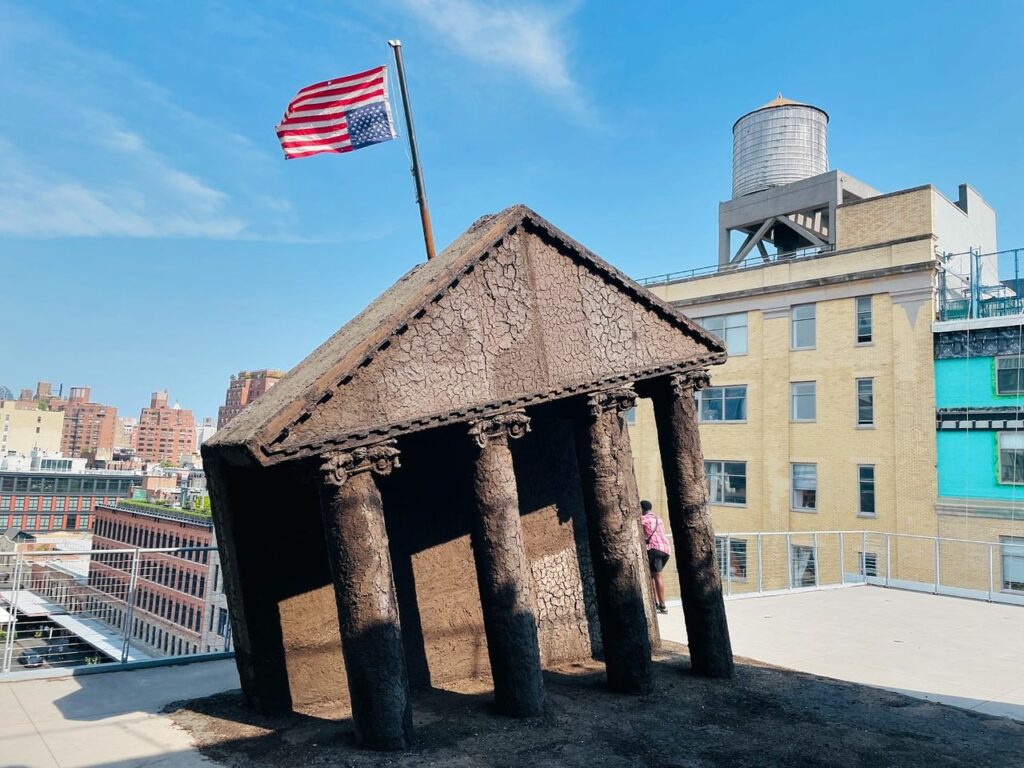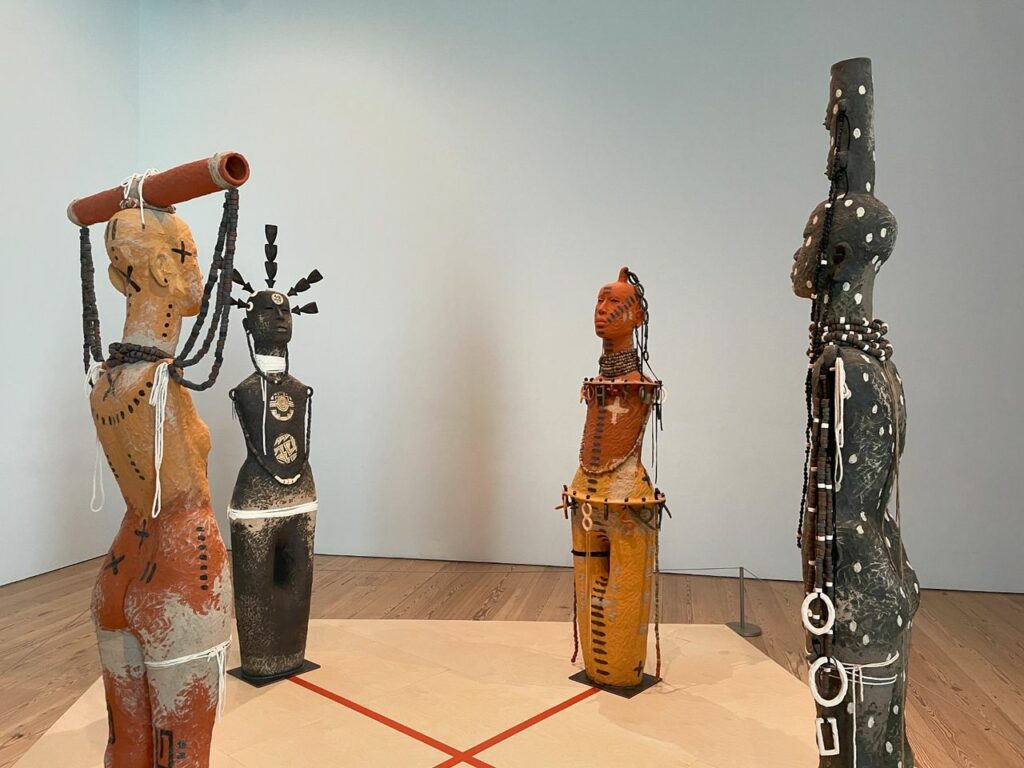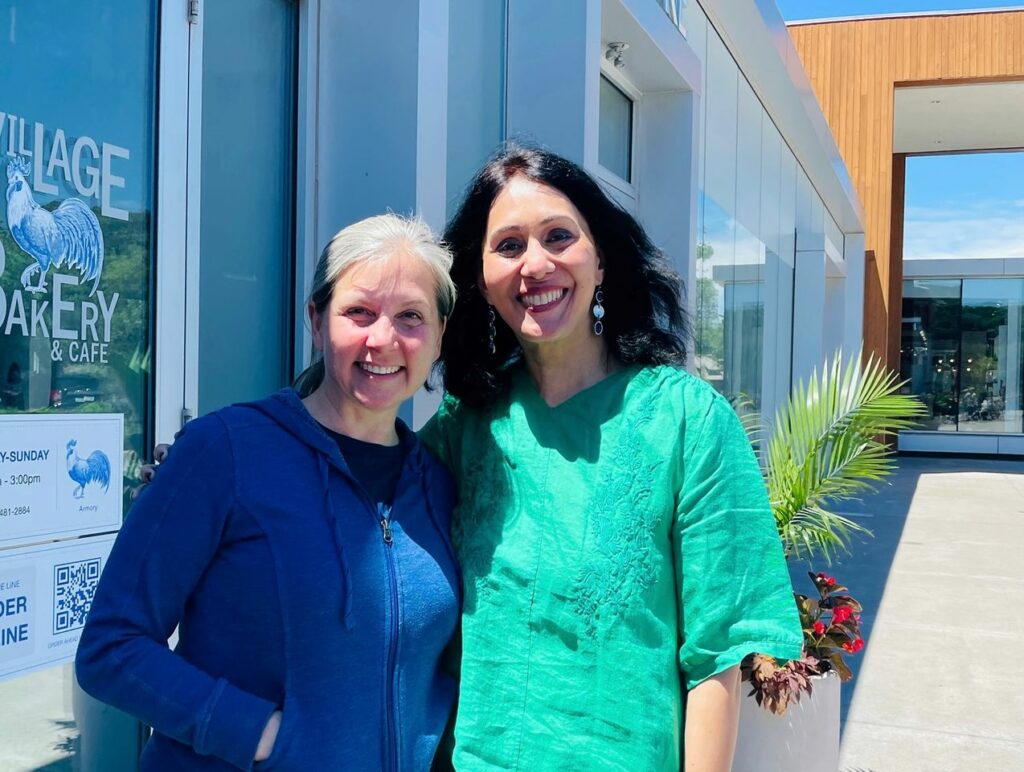Friends, as you know settler colonial violence has reached shocking levels in Gaza, with non-stop bombings and massacres for the past 10 months.
Gaza’s infrastructure has been systematically destroyed which means that along with starvation (on account of the food and water blockade), deadly epidemics are also setting in. The poliovirus has been found in sewage water now flowing freely in Gaza.
The Gaza Municipality provides water, sanitation and sewage management, waste collection, the removal of debris and reopening of key thoroughfares to facilitate movement, and aid to personnel doing heroic emergency work. They have started a fundraiser and are trying to raise a million dollars. They still have a long way to go. Let’s support them.
At this gathering, we hope to imagine Palestine beyond the ongoing horrors. Fanon said: “The settler’s work is to make dreams of liberty impossible for the native.” Let’s challenge such temporal control and envision Palestinian futures free of Zionist settler domination.
We will read poetry by Palestinian poets and writers, some of them iconic, others still relatively young. We will listen to music that will frame beautiful words of hope and resistance, and inspire us to visualize freedom for Palestine.
This is a free event where we will invite everyone to donate directly to the Gaza Municipality. Let’s articulate a just future in the face of imperial death cults – it’s a radical act!
Organized by Unabridged Literary Arts, Matthew McDonald and myself/ Warp & Weft Archive. Join us!





















